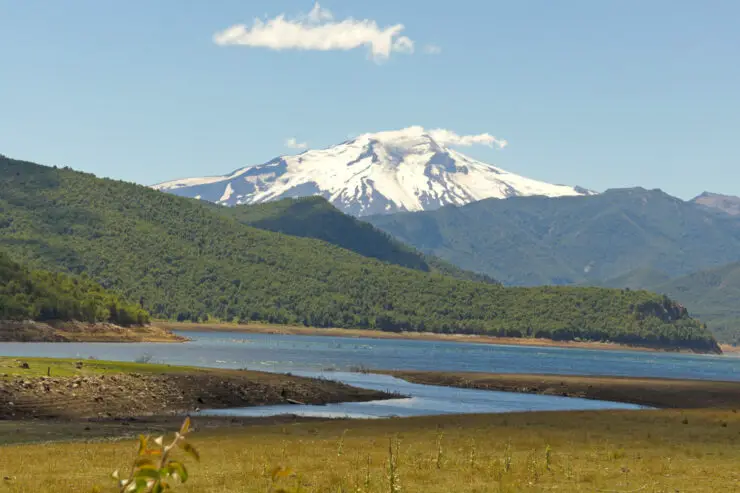As an Amazon Associate I earn from qualifying purchases. Please read the disclaimer for more info.
Welcome to the Biobío Region, also known as Bio Bio, a land of fertile valleys and stunning landscapes in the heart of Chile. Renowned for its diverse fruit production and aromatic wines, the region offers visitors an opportunity to explore a world of flavors while immersing themselves in breathtaking natural beauty, such as beaches and National Parks.
Quick Geography of Bio Bio Chile
The Bio Bio Region is bounded to the east by the Andes Mountain Range, creating a dramatic backdrop perfect for outdoor enthusiasts. The soaring peaks and verdant valleys provide ample opportunities for hiking, skiing, and scenic drives, making it a paradise for adventure-seekers.
In the western part, the coastal mountain range meets the Pacific Ocean, adding another layer to the area’s geographical diversity and shaping the lifestyle of the coastal communities. It also offers a range of water-based activities, such as surfing, fishing, and boating.
Bio Bio has a population of 1.5 million and is divided into Arauco Province, Biobío Province, and Concepción.
Major Cities
Major cities include Concepción, the region’s capital and largest city, known for its vibrant arts scene. Talcahuano, a port city, boasts a rich maritime heritage, and Los Ángeles, the capital of Provincia de Biobío (one of three provinces, is located in the southern part of the central valley, serving as a gateway to explore the region’s natural attractions.
Fruit Production in Biobío
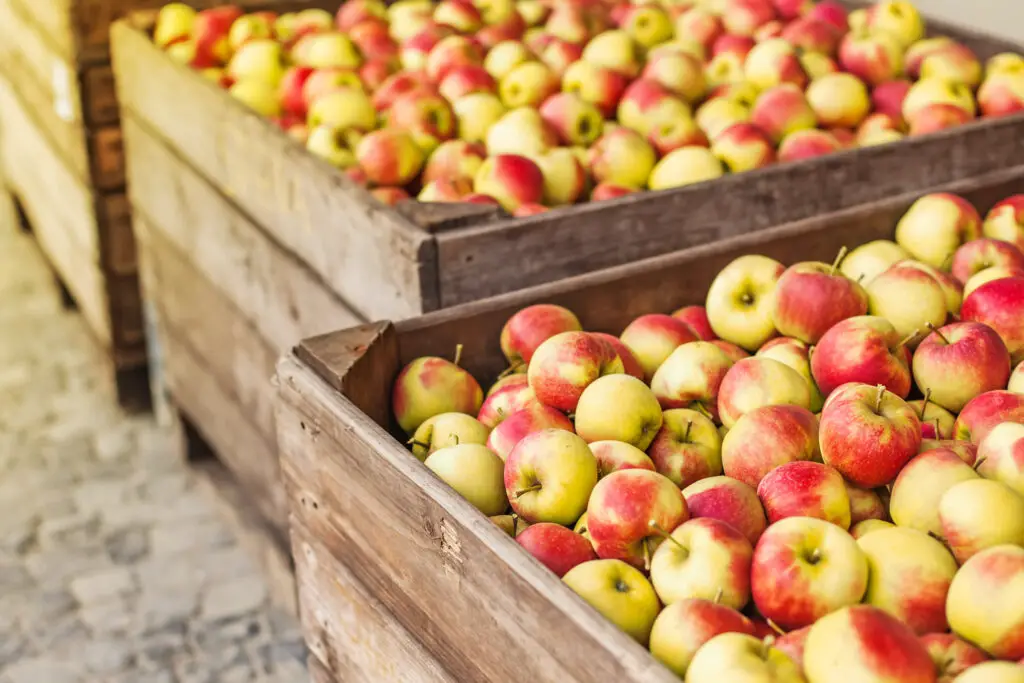
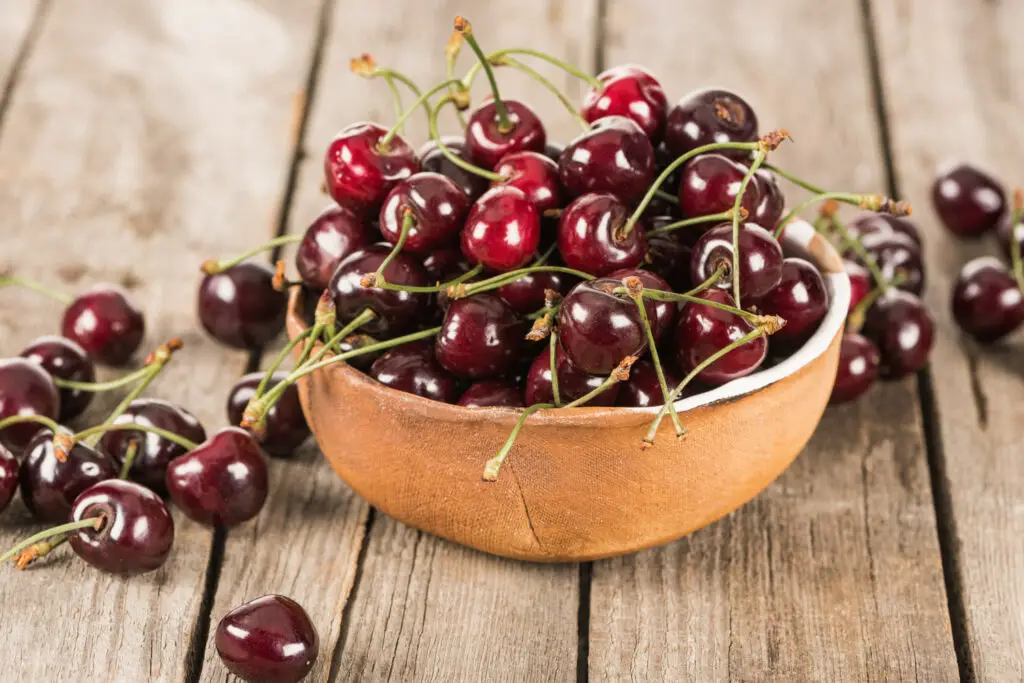
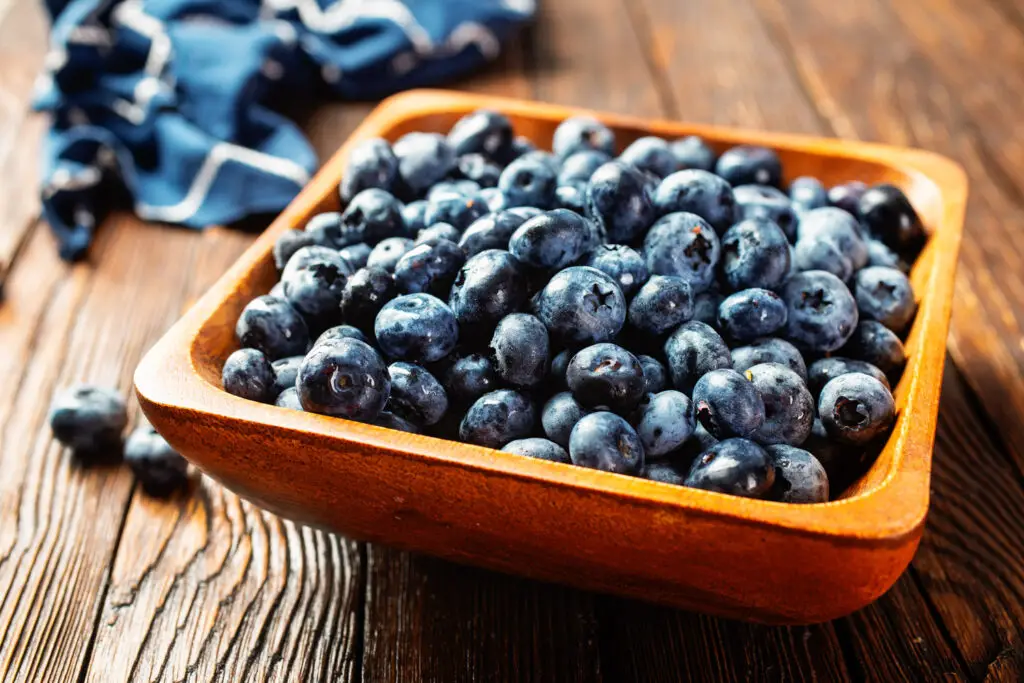
The Biobío Region is a powerhouse of fruit production. Blessed with a diverse range of agro-climatic and edaphic factors, the region can cultivate a wide variety of fruits.
Grapes, apples, cherries, kiwi fruit, and various types of berries, including the succulent Chilean blueberries and strawberries, are grown abundantly here.
Recently, the Biobío Region has seen impressive growth in fruit cultivation, with a large increase in hectares dedicated to the Chilean fruit industry.
Moreover, the region has been pivotal in the national export of fruits to countries like China, particularly in producing blueberries and cherries.
However, the region’s fruit industry has not been without its challenges. The recent intense rains have alerted fruit regions, causing significant disruptions. Despite these adversities, the resilience and adaptability of the local farmers remain unwavering.
Biobío Valley Wineries
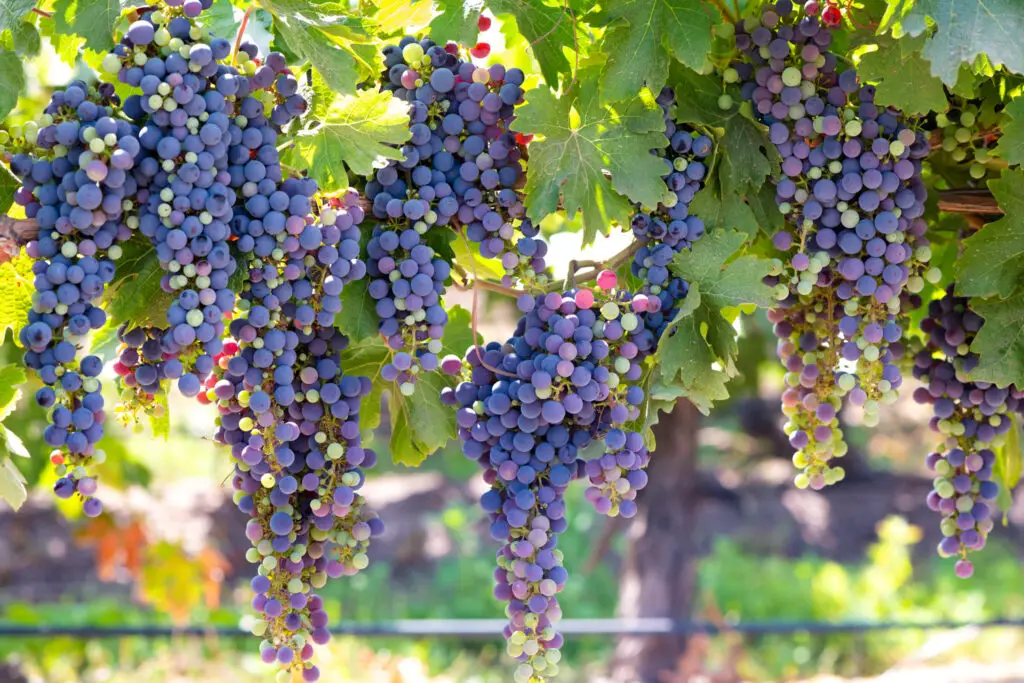
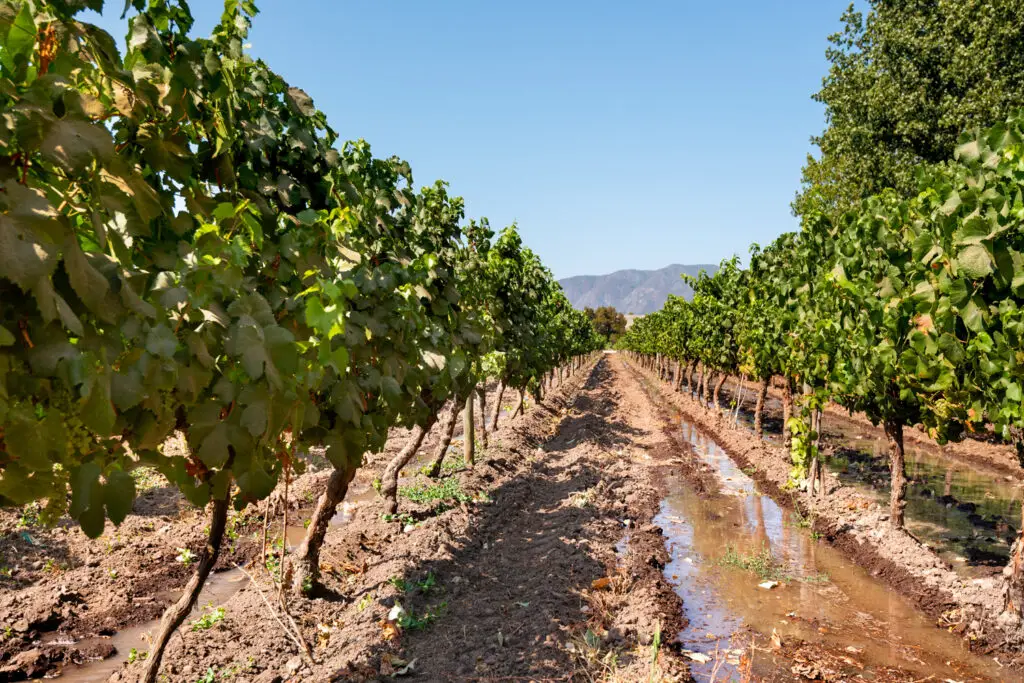
Nestled in the heart of Chile, the Biobío Region is a wine lover’s paradise. The region, blessed with a unique blend of Mediterranean climate and diverse terrain, offers an ideal environment for viticulture.
The cool breezes from the Pacific Ocean, the fertile soils, and well-distributed rainfall throughout the year contribute to the production of grapes of exceptional quality.
The wineries here are a testament to innovation and tradition. Unfolding over rolling hills and verdant vineyards, they offer a unique fusion of modern techniques and age-old wisdom.
The region predominantly grows Pinot Noir, Pais, Chardonnay, and Muscat grape varieties, each contributing to the rich tapestry of wines that Biobío is known for.
Wineries include Lomas de Llahuén, Pedro Parra y Familia, Viñas Inéditas Winery, and Roberto Henríquez Winery.
Read more about Chilean and other South American wineries in The South America Wine Guide: The definitive guide to wine in Argentina, Chile, Uruguay, Brazil, Bolivia & Peru
Beyond the Orchards and Wineries: Exploring Bio-Bio
While the fruitful orchards and wineries are a key highlight, the Biobío Region offers more. Nature lovers will delight in the area’s verdant forests, crystal-clear rivers, and stunning mountain ranges.
There are many opportunities for hiking, mountain biking, climbing, and other outdoor activities, offering adventurers breathtaking views and a chance to spot local wildlife.
The region is also steeped in cultural history, with indigenous Mapuche communities offering a glimpse into their rich traditions.
Best Trails to Explore
There are several trails in Bio Bio, including the Monumento Natural El Roble, a protected area known for its forests and lush greenery, and the rugged Sierra Velluda, steeped in dramatic landscapes.
The Nahuelbuta Mountain Range, on the other hand, offers a more extreme experience with challenging slopes and snow-capped peaks. It is also home to some of Chile’s highest mountain peaks, such as Cerro Nielol and Cerro Peñalolen.
For those looking to explore on two wheels, the Ruta de los Vivos is an excellent option, winding through small villages with a rich Mapuche heritage and offering spectacular views of the Andes Mountains along the way.
Hikes from difficult to medium difficulty, like Laguna Verde and Laguna Negra, can also be explored.
Laguna del Laja National Park
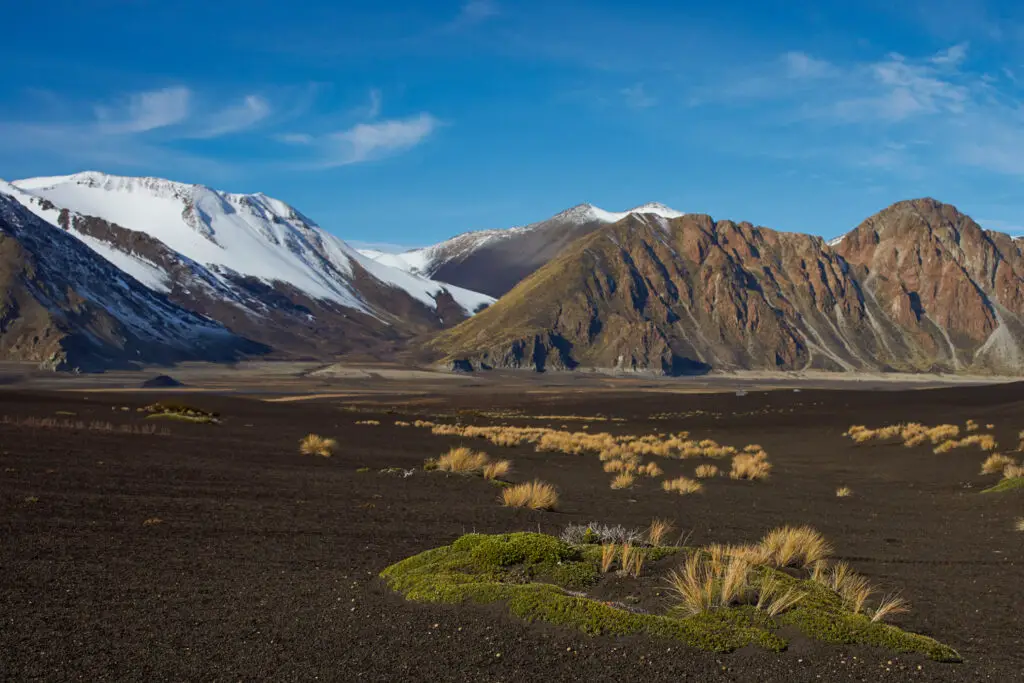
Just a short drive away from the fruit-growing towns of the Biobío Region lies Laguna del Laja National Park. Flanked by snow-dusted peaks, this enchanting park is graced with glimmering turquoise lakes and lush forests draped in mist.
Enjoy a leisurely walk along the banks of the Laja River, take a dip in the refreshing waters of Laguna del Laja, or picnic amidst towering conifers.
The park is also home to an abundant array of wildlife. Keep your eyes open for local species like pumas, foxes, and condors soaring overhead.
Food Scene of Región del Biobío
For those who are looking to savor the best of the region, there is no shortage of restaurants and eateries. From local seafood joints in coastal towns to traditional Mapuche cuisine in rural areas, you will surely find something delicious.
In Los Ángeles, the capital of Provincia de Biobío, you can enjoy a range of dining options, from classic Chilean dishes to international fare.
Be sure to explore the many farmers’ markets to sample delicious local produce and unique regional delicacies.
Where to Stay in Biobío
The Biobío Region offers a variety of accommodation options for visitors, from cozy cabins nestled in wooded hillsides to luxurious resorts overlooking the Pacific Ocean.
Final Thoughts
Overall, the Biobío Region is an ideal destination for those seeking to experience Chilean culture, savor its wines and fruits, and uncover its hidden gems. With its diverse landscapes and vibrant culture, the region promises a captivating exploration of all it offers.

